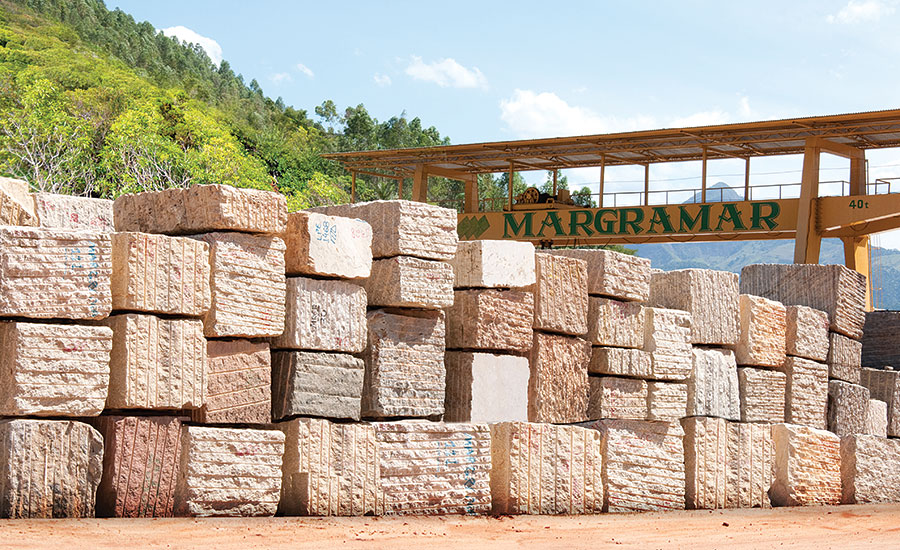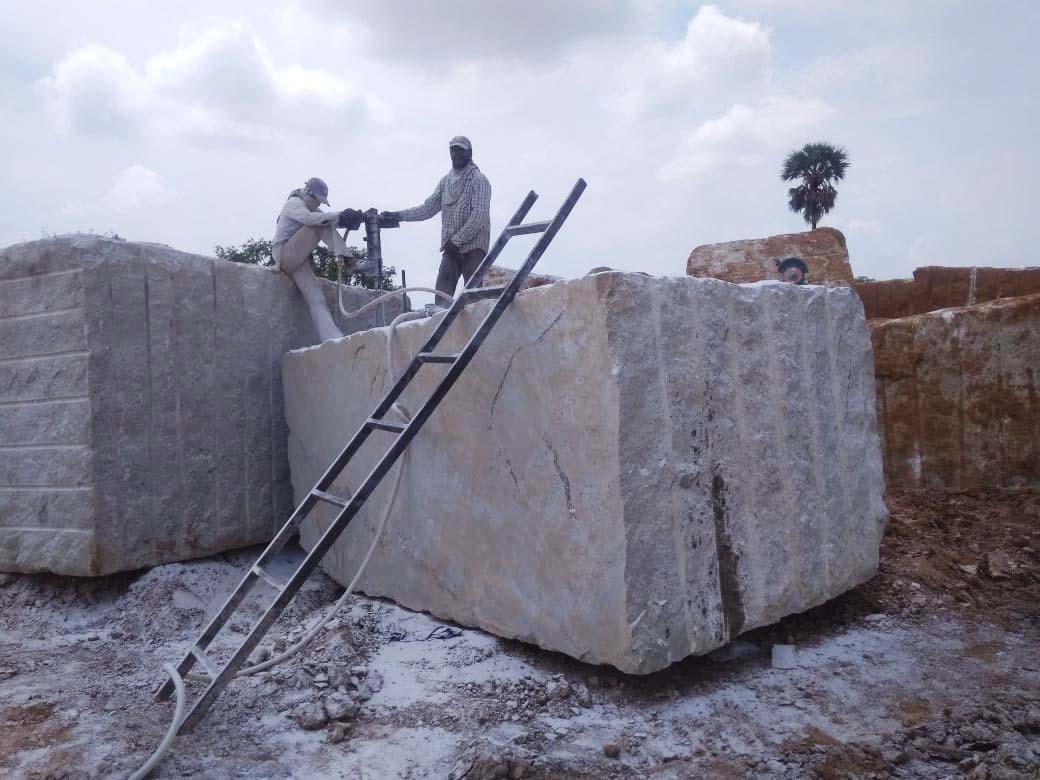Granite Quarries in Rustenburg Marvels: Geographical Ancestry Explored
Granite Quarries in Rustenburg Marvels: Geographical Ancestry Explored
Blog Article
From Quarry to Countertop: Understanding the Refine of Granite Removal
Granite, a prominent selection for counter tops as a result of its sturdiness and aesthetic charm, undergoes an interesting trip from the midsts of a quarry to its last location in our kitchens and shower rooms. As we look into the intricate process of granite removal, we will certainly discover the secrets behind the formation of these marvelous rock deposits, discover the methods and tools used in quarrying, and unravel the steps entailed in transforming raw granite obstructs into polished and completed kitchen counters. From the geological beginnings to the meticulous craftsmanship, this journey assures to reveal the amazing story behind the development of these functional and timeless pieces.
Formation of Granite Deposits
The formation of granite deposits is a geologic process that involves the gradual cooling and solidification of lava deep within the Earth's crust. Granite, a common sort of igneous rock, is developed when liquified lava cools down and solidifies over extended periods of time. This process takes location underneath the Earth's surface, usually at midsts of numerous kilometers.
Granite is primarily made up of 3 major minerals: mica, quartz, and feldspar. These minerals combine to offer granite its particular structure and appearance. As the magma cools, the minerals crystallize and interlock, developing a securely loaded structure. The slow air conditioning procedure permits the development of big crystals, which give granite its distinct rough structure.
The formation of granite down payments is often related to tectonic task, such as the crash of continental plates or the climb of lava from the mantle. The intense heat and stress produced throughout these processes contribute to the melting of rocks and the subsequent formation of lava.
Over countless years, the solidified granite is revealed at the surface area via disintegration and uplift. This is when granite deposits can be quarried and extracted for numerous applications, including countertops, floor covering, and building and construction materials.

Quarrying Strategies and Equipment
Quarrying strategies and tools play a vital role in the efficient removal of granite down payments for various industrial applications. The procedure includes using specialized tools and machinery that make sure the risk-free and smooth removal of granite blocks from the quarry site.
One of the primary techniques utilized in granite quarrying is piercing. When the costs are detonated, the resulting explosion breaks the granite into workable blocks.
Along with exploration, reducing and splitting devices are additionally essential in granite quarrying. Wire saws and high-pressure water jets are typically utilized to cut through the granite. These techniques are reliable in dividing the granite right into private blocks, which can then be further processed.
Transporting and packing equipment are critical in the transportation of granite blocks from the quarry to the handling center. Durable vehicles and forklifts are generally used to relocate the blocks, ensuring their safe and effective transfer.

Removal and Transport of Granite Blocks
With the conclusion of the quarrying methods and equipment section, we now turn our focus to the vital process of moving and drawing out granite blocks. Once the granite has actually been effectively quarried, it is necessary to extract the blocks from the quarry face. This is typically done using hefty machinery, such as excavators or front-end loaders, which are outfitted with big blades or rippers to break the blocks without the surrounding rock.
After the blocks have actually been drawn out, they need to be transferred to the handling facility. This is normally done using specialized trucks or trailers that can carrying the enormous weight of the granite obstructs. These transportation lorries are created to make certain the reliable and safe activity of the blocks, with functions such as enhanced frames, hydraulic systems, and safe tie-downs.
The transport process needs careful preparation and coordination to make sure the blocks reach their location without damage. This entails picking the proper routes, thinking about elements such as road conditions, weight constraints, and the dimension of the blocks. It is additionally critical to secure the blocks correctly throughout transport to avoid changing or gliding, which could lead to accidents or damage to the blocks.
Cutting and Shaping Granite Pieces
To develop polished and precise granite pieces, a meticulous procedure of forming and reducing is utilized. Once the granite blocks have been removed from anchor the quarry and transferred to the facility, they are ready to undertake this essential step.
After the preliminary cutting, the pieces are after that shaped to fulfill the wanted specifications. This is done making use of a mix of saws, mills, and polishing tools. The sides of the pieces are smoothed and rounded, providing a finished and refined look. The surface of the slabs is also polished to attain a glossy and reflective finish.

Sprucing Up and Completing the Granite Countertops
The last step in the granite extraction procedure includes the careful sprucing up and completing of the granite kitchen counters. After the granite slabs have actually been cut and shaped to the preferred dimensions, they undertake a collection of treatments to boost their look and toughness.
The very first phase of the brightening process is recognized as grinding. Throughout this stage, crude diamond abrasives are made use of to remove any type find here of flaws and smooth the surface area of the granite. granite quarries in rustenburg. This process is necessary for attaining an uniform and degree coating
Once the grinding is full, better ruby abrasives are employed to additional refine the surface of the granite. This draws out the all-natural appeal of the rock and gives it a shiny and reflective appearance.
After the polishing stage, the granite counter tops are thoroughly cleaned to eliminate any type of dust or particles. This is complied with by the application of a sealant, which assists secure the stone from scrapes and spots.
Final Thought
In final thought, the procedure of granite removal entails various phases, consisting of quarrying, extraction, transportation, reducing, forming, polishing, and completing. Granite down payments are formed over millions of years via geological processes.
As we dig into the intricate process of granite removal, we will certainly uncover the tricks behind the development of these impressive rock deposits, check out the strategies and equipment used in quarrying, and unravel the actions involved in transforming raw granite blocks right into brightened and completed kitchen counters (granite quarries in rustenburg). These approaches are effective in dividing the granite into specific blocks, which can then be more processed
With the completion of the quarrying methods and devices area, we now turn our attention to the crucial process of delivering and drawing out granite blocks.To create specific and polished granite pieces, a thorough process of shaping and reducing is utilized.In final thought, the process of granite extraction involves numerous stages, consisting view publisher site of quarrying, extraction, transport, cutting, shaping, polishing, and ending up.
Report this page